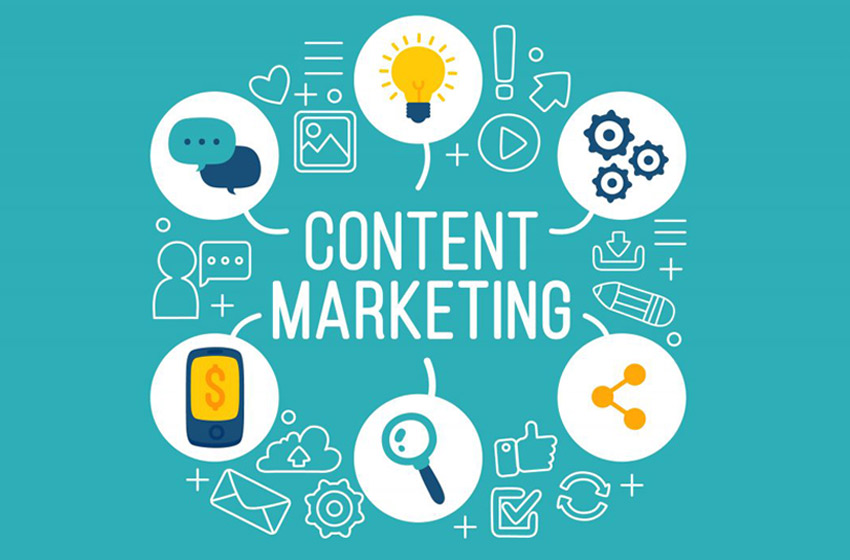Let’s Delve into Branding Identity!
The Ultimate Guide to Crafting a Strong Brand and Transform your Business.
What is Branding Identity?
Branding identity is the unique set of visual, emotional, and strategic elements that define a brand and distinguish it from competitors.
A strong brand identity includes logos, typography, colors, and messaging that align with the brand’s mission, vision, and values.
In today’s digital age, branding goes beyond just aesthetics, it’s about creating a lasting impression that resonates with your audience.
Why is Branding Identity Important?
A strong brand identity:
- Enhances brand recognition
- Builds customer trust and loyalty
- Differentiates your business from competitors
- Increases perceived value and credibility
- Drives business growth and expansion
The Step-by-Step Process of Designing a Brand Identity
1. Strategy Call with the Client
The first stage involves a deep-dive strategy call with the client to understand their:
- Story
- Target audience
- Competitors
- Design preferences
This stage lays the foundation for the brand’s identity by identifying its core values and goals. The information gathered helps in crafting a brand personality that speaks directly to the target market.
2. Research and Analysis
Using the insights from the strategy call, I conduct an in-depth analysis of:
- Brand Foundations: Defining the mission, vision, values, and purpose.
- Brand Positioning: Identifying the target audience, competitors, and a unique competitive advantage.
- Industry Trends: Understanding current trends in the industry and consumer behavior.
This information is compiled into a strategy presentation, streamlining the process and setting actionable points for the brand.
The research ensures that the brand identity is not only visually appealing but also strategically aligned with market demands.
3. Developing a Creative Direction
Based on research, I create two final mood boards:
- Mood Board 1: Features sans-serif fonts and a toned-down color palette, conveying a modern and minimalist approach.
- Mood Board 2: Incorporates playful customized fonts and an adventurous color palette, ideal for brands targeting a youthful and energetic audience.
The creative direction is designed to resonate with the target audience and differentiate the brand from competitors. A well-defined creative direction ensures brand consistency across all platforms.
4. Designing the Visual Identity
The visual identity includes four key elements:
- Logo Suite – Primary logo, secondary logo, and brandmark variations.
- Brand Assets – Custom illustrations, icons, and supporting visuals.
- Color Palette – A set of colors that reflect the brand personality.
- Font Pairings – Primary and secondary typography selections for a cohesive look.
Designing the Logo
Based on strategy insights, I explore 10-20 different typefaces before customizing the strongest contenders.
The final logotype is designed to balance playfulness with professionalism. Additional variations (stacked and brandmark) are created to ensure flexibility and recognizability.
A well-designed logo:
- Is simple and memorable
- Works across different mediums and sizes
- Reflects the brand’s core values
Creating Brand Assets
Brand assets such as illustrations and design elements enhance the brand’s personality. A word map helps generate visual inspiration, and in this case, I associated children’s building blocks with the brand’s theme.
The assets evolve into characters by adding arms, legs, and faces to make them engaging.
5. Implementing Colors and Typography
After finalizing illustrations in black and white (to assess readability), I introduce colors extracted from the approved mood board.
Multiple palettes are tested for compatibility with the logotype. Similarly, font pairings are chosen to align with the brand’s identity.
6. Creating Mockups
Mockups illustrate the brand identity in real-world applications, helping clients visualize the final outcome.
These mockups include business cards, websites, social media templates, and packaging designs to showcase brand consistency.
7. Presenting the Brand Identity
The final presentation includes:
- Logo suite variations
- Typography selections (primary, secondary, and complementary fonts)
- Color palette rationale
- Brand assets explanation
- Mockups showcasing the brand in action
The presentation follows the brand’s design style, ensuring a cohesive and professional delivery.
The goal is to provide a clear understanding of how the brand should be represented across various touchpoints.
8. Offboarding and Final Deliverables
The last stage includes:
- Packaging all brand files (logo suite, brand assets, social media templates, etc.)
- Creating brand guidelines (a comprehensive guide and a one-sheet version for easy reference)
- Conducting an offboarding call to answer any questions and gather feedback
A comprehensive brand guideline ensures that all stakeholders maintain brand consistency in future marketing efforts.
Read: Content Marketing

Branding Trends to Watch in 2024
To stay ahead in branding, consider incorporating these trends:
- Minimalist and Clean Designs: Less is more in today’s branding landscape.
- Personalized Brand Experiences: Consumers crave authenticity and relatability.
- Bold Typography: Custom fonts make brands stand out.
- Sustainable and Eco-Friendly Branding: Green branding is becoming a priority.
- Motion and Interactive Branding: Dynamic logos and animations are on the rise.
Conclusion
Creating a branding identity requires a strategic, research-driven approach tailored to each client’s needs.
While this process works well for me, there is no one-size-fits-all approach. Feel free to adapt what suits your workflow and build a brand identity that truly resonates with your audience.


